Blending the Benefits of Titanium and PEEK
By preserving its PEEK roots, STALIF M-Ti™ exhibits a modulus of elasticity similar to bone.
In doing so, the device presents a reduced risk of subsidence relative to all-titanium cages.5
Additionally, STALIF M-Ti™ continues to maintain the radiolucent advantage of PEEK.
5
Ashman RB, et al. A continuous wave technique for the measurement of the elastic properties of cortical bone. J Biomech, 1984; 17(5):349-61.
6
Chen Y, Wang X, et al. Comparison of titanium and polyetheretherketone (PEEK) cages in the surgical treatment of multilevel cervical spondylotic myelopathy: A prospective, randomized, control study with over 7-year follow-up. Eur Spine J, 2013; http://dx.doi.org/10.1007/s00586-013-2772-y.
7
Centinel Spine Report VAL-2014-009.
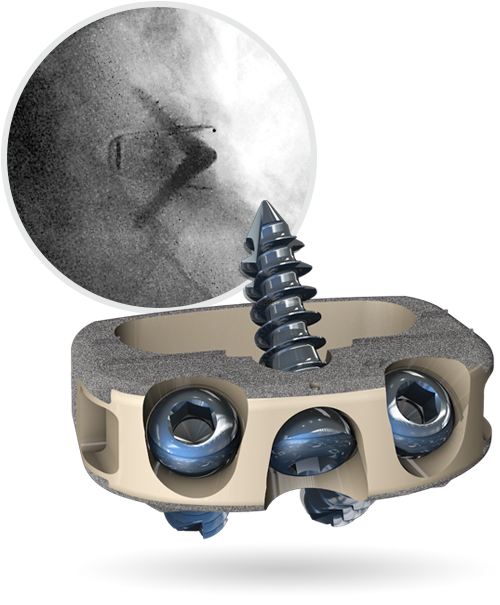


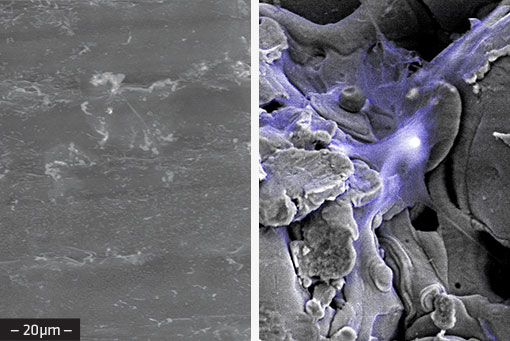
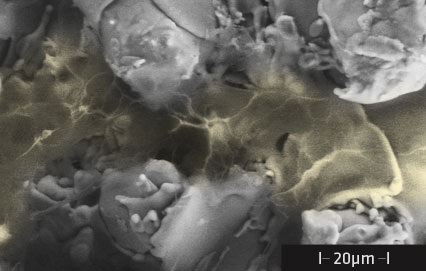
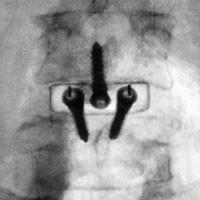
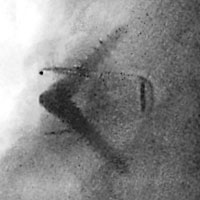


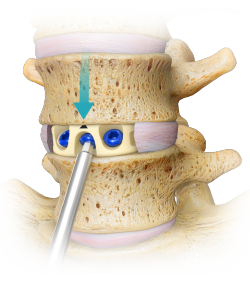
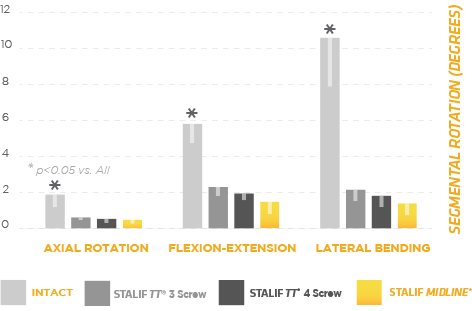
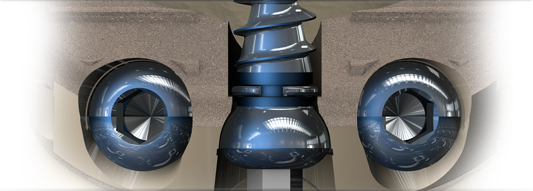
 SEE MORE VIDEOS
SEE MORE VIDEOS